Gary Chandler grew up in a small ski town south of Lake Tahoe, California. He earned his bachelors degree at UC Berkeley, including a year abroad in Mexico City and Oaxaca. After graduating, Gary backpacked through much of Mexico and Central America, and later through Southeast Asia, Europe, and the Caribbean. His first guidebook assignment was covering the highlands of Guatemala, followed by assignments in El Salvador, Honduras, Mexico, Brazil, the Dominican Republic, and elsewhere.
Gary has contributed to more than 20 guidebooks in all, many coauthored with wife and fellow travel writer and photographer Liza Prado. Their Moon Yucatn Peninsula was named Best Guidebook by American Journey magazine. Between assignments, Gary has earned a masters degree in journalism at Columbia University, worked as a news reporter and criminal investigator, and published numerous articles and blogs about travel in Latin America.
Liza Prado
Liza Prado was working as a corporate attorney in San Francisco when she decided to take a leap of faith and try travel writing and photography. Nine years later, she has coauthored 13 guidebooks and written numerous feature stories and blogs to destinations in Latin America and the Caribbean; her photographs have been featured in various guidebooks and on travel websites like Home&Abroad and Away.com .
The Riviera Maya has been one of Lizas favorite places to travel since her first visit to the region over a decade ago. While researching this guide she dived on coral reefs and snorkeled through cenotes, clambered on Maya ruins, paddled through mangroves, spied monkeys and tropical birds, and explored beach towns and mega-resorts (not to mention a nightclub or two), all with two kids in tow.
A graduate of Brown University and Stanford Law School, Liza currently lives in Denver, Colorado, with her husband and coauthor, Gary Chandler, and their children, Eva Quetzal and Leo Isaiah.
All around Isla Cozumel, the Caribbean Sea glitters a hundred shades of blue. Beneath the waves, Cozumels pristine coral reefs make for spectacular diving and snorkeling, the islands number-one draw. San Miguel de Cozumelusually just called Cozumel, since its the only city on the islandis where the ferries from Playa del Carmen land. Its also where cruise ships, as many as 10 per day in the high season, arrive; its then that the waterfront promenade becomes a human river, flowing slowly down a channel of jewelry stores, souvenir shops, and open-air restaurants.
Just a few blocks from the promenade, another Cozumel emergesa small, friendly community where old folks sit at their windows and dogs sleep in the streets. In spring, masses of orange framboyn (poinciana) flowers bloom on shade trees in the plaza, and festivals and religious celebrations are widely attended.
Cozumels interiorincluding an important Maya ruinand its eastern shore are yet another world, lacking even power lines and telephone cables. Heavy surf makes much of the eastern shore too dangerous for swimming, but you easily can spend a day beach-combing or relaxing on the unmanicured beaches and lunching at small restaurants overlooking the sea.
As Mexicos largest island, it shouldnt be surprising to discover that its so multifaceted. But its hard not to marvel at how stark the differences are. Come for the diving and snorkeling, but leave time to experience a side of Cozumel you may not have expected.
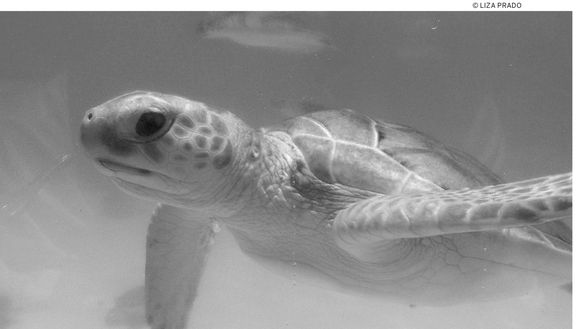
 Santa Rosa Wall: Sit back and enjoy the ride at one of Cozumels marquee dive sites. A strong current whisks you past a long wall, mottled with stony overhangs and gaping caves, and home to massive sea fans, translucent sponges, and tropical fish of every size and color ().
Santa Rosa Wall: Sit back and enjoy the ride at one of Cozumels marquee dive sites. A strong current whisks you past a long wall, mottled with stony overhangs and gaping caves, and home to massive sea fans, translucent sponges, and tropical fish of every size and color ().
 Palancar: With five sections spread over three miles, this massive dive site has something for everyone. Snorkelers can check out Palancar Shallows, while divers can explore the winding ravines and natural arches of Palancar Horseshoe. No matter where you go, youll enjoy rich coral and vibrant sealife ().
Palancar: With five sections spread over three miles, this massive dive site has something for everyone. Snorkelers can check out Palancar Shallows, while divers can explore the winding ravines and natural arches of Palancar Horseshoe. No matter where you go, youll enjoy rich coral and vibrant sealife ().
 San Gervasio: Smack dab in the middle of the island, Cozumels best and biggest Maya ruin is thought to be dedicated to Ixchel, the goddess of fertility; in ancient times, it attracted women from all over the Yucatn seeking her favor ().
San Gervasio: Smack dab in the middle of the island, Cozumels best and biggest Maya ruin is thought to be dedicated to Ixchel, the goddess of fertility; in ancient times, it attracted women from all over the Yucatn seeking her favor ().
 Playa Chen Ro: Heavy surf makes most of Cozumels east side unswimmable, except here, where a rocky arm forms a calm natural pool. Come midweek to have it all to yourself, or on a Sunday to convivir (literally, share life) with local families ().
Playa Chen Ro: Heavy surf makes most of Cozumels east side unswimmable, except here, where a rocky arm forms a calm natural pool. Come midweek to have it all to yourself, or on a Sunday to convivir (literally, share life) with local families ().
 Faro Celarain Eco Park (Punta Sur): Snorkel the colorful ocean reef, or stay above water on a catamaran tour of a crocodile-filled lagoon at this scenic nature reserve. Here at the islands southern tip theres also a small museum, ancient Maya lighthouse, and plenty of room to relax on the sand ().
Faro Celarain Eco Park (Punta Sur): Snorkel the colorful ocean reef, or stay above water on a catamaran tour of a crocodile-filled lagoon at this scenic nature reserve. Here at the islands southern tip theres also a small museum, ancient Maya lighthouse, and plenty of room to relax on the sand ().
LOOK FOR  TO FIND RECOMMENDED SIGHTS, ACTIVITIES, DINING, AND LODGING.
TO FIND RECOMMENDED SIGHTS, ACTIVITIES, DINING, AND LODGING.
Cozumel has been inhabited since 300 B.C. and was one of three major Maya pilgrimage sites in the region (the others were Chichn Itz and Izamal in Yucatn state). The name is derived from the islands Maya name, Cuzamil (Land of Swallows). The height of its pre-Hispanic occupation was A.D. 12501500, when Putn people (also known as the Chontol or Itzs, the same group who built Chichn Itzs most famous structures) dominated the region as seafaring merchants. Capitan Don Juan de Grijalva arrived on the island in 1518 and dubbed it Isla de Santa Cruz, marking the beginning of the brutal dislocation of the native people by Spanish explorers and conquistadors. It eventually was overrun by British and Dutch pirates who used it as a base of operations. By the mid-1800s, however, the island was virtually uninhabited. The henequen, chicle, and coconut-oil booms attracted a new wave of people to the Quintana Roo territory (it didnt become a state until 1974), and Cozumel slowly rebounded, this time with a mostly Mexican mestizo population.

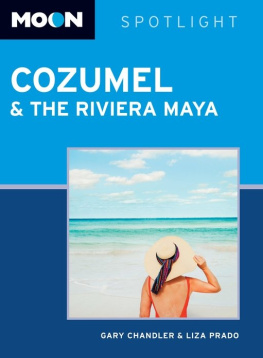
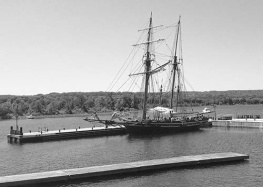
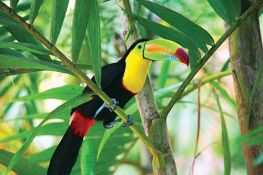

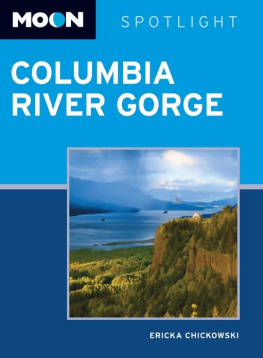
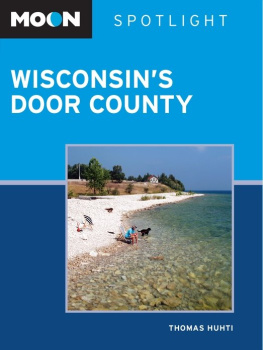
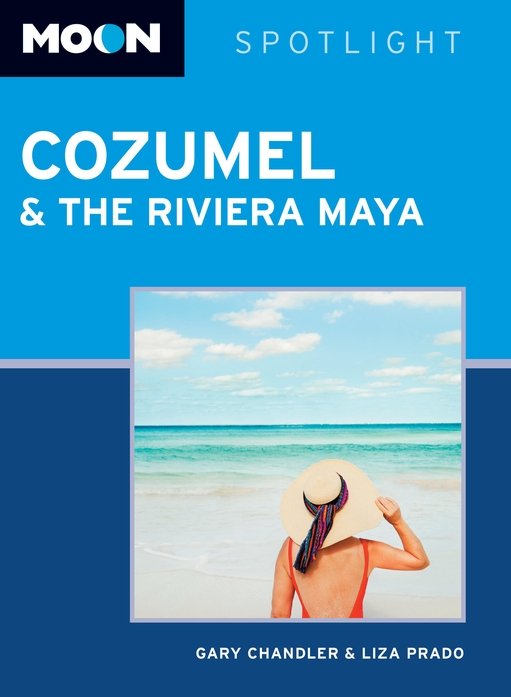
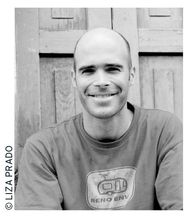

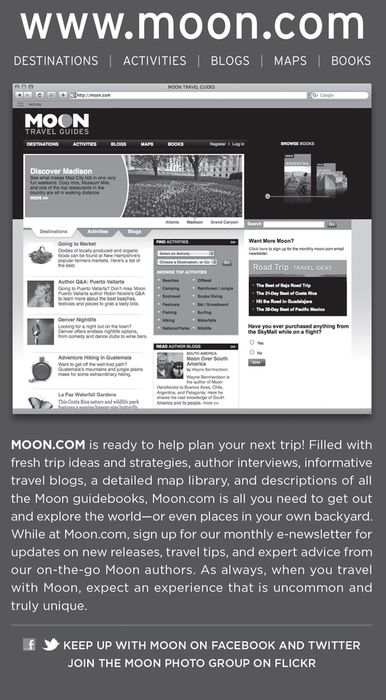
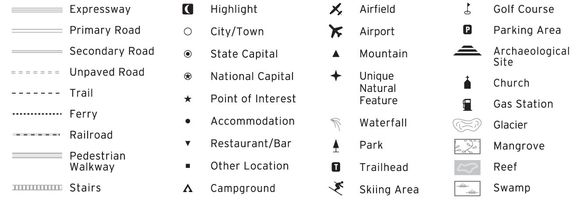
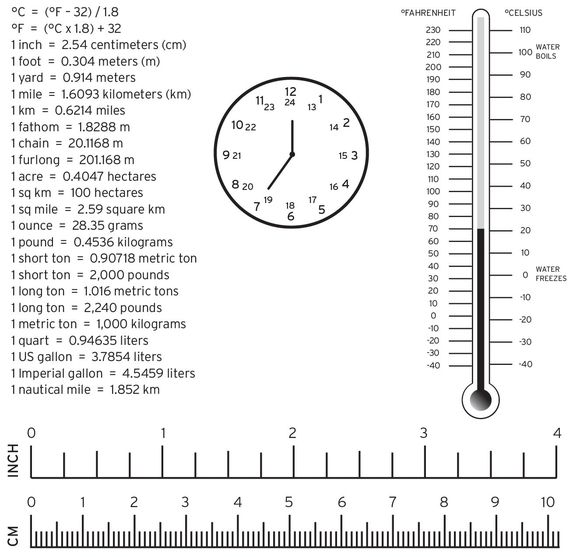

 Santa Rosa Wall: Sit back and enjoy the ride at one of Cozumels marquee dive sites. A strong current whisks you past a long wall, mottled with stony overhangs and gaping caves, and home to massive sea fans, translucent sponges, and tropical fish of every size and color ().
Santa Rosa Wall: Sit back and enjoy the ride at one of Cozumels marquee dive sites. A strong current whisks you past a long wall, mottled with stony overhangs and gaping caves, and home to massive sea fans, translucent sponges, and tropical fish of every size and color (). Palancar: With five sections spread over three miles, this massive dive site has something for everyone. Snorkelers can check out Palancar Shallows, while divers can explore the winding ravines and natural arches of Palancar Horseshoe. No matter where you go, youll enjoy rich coral and vibrant sealife ().
Palancar: With five sections spread over three miles, this massive dive site has something for everyone. Snorkelers can check out Palancar Shallows, while divers can explore the winding ravines and natural arches of Palancar Horseshoe. No matter where you go, youll enjoy rich coral and vibrant sealife (). San Gervasio: Smack dab in the middle of the island, Cozumels best and biggest Maya ruin is thought to be dedicated to Ixchel, the goddess of fertility; in ancient times, it attracted women from all over the Yucatn seeking her favor ().
San Gervasio: Smack dab in the middle of the island, Cozumels best and biggest Maya ruin is thought to be dedicated to Ixchel, the goddess of fertility; in ancient times, it attracted women from all over the Yucatn seeking her favor (). Playa Chen Ro: Heavy surf makes most of Cozumels east side unswimmable, except here, where a rocky arm forms a calm natural pool. Come midweek to have it all to yourself, or on a Sunday to convivir (literally, share life) with local families ().
Playa Chen Ro: Heavy surf makes most of Cozumels east side unswimmable, except here, where a rocky arm forms a calm natural pool. Come midweek to have it all to yourself, or on a Sunday to convivir (literally, share life) with local families (). Faro Celarain Eco Park (Punta Sur): Snorkel the colorful ocean reef, or stay above water on a catamaran tour of a crocodile-filled lagoon at this scenic nature reserve. Here at the islands southern tip theres also a small museum, ancient Maya lighthouse, and plenty of room to relax on the sand ().
Faro Celarain Eco Park (Punta Sur): Snorkel the colorful ocean reef, or stay above water on a catamaran tour of a crocodile-filled lagoon at this scenic nature reserve. Here at the islands southern tip theres also a small museum, ancient Maya lighthouse, and plenty of room to relax on the sand ().
 TO FIND RECOMMENDED SIGHTS, ACTIVITIES, DINING, AND LODGING.
TO FIND RECOMMENDED SIGHTS, ACTIVITIES, DINING, AND LODGING.